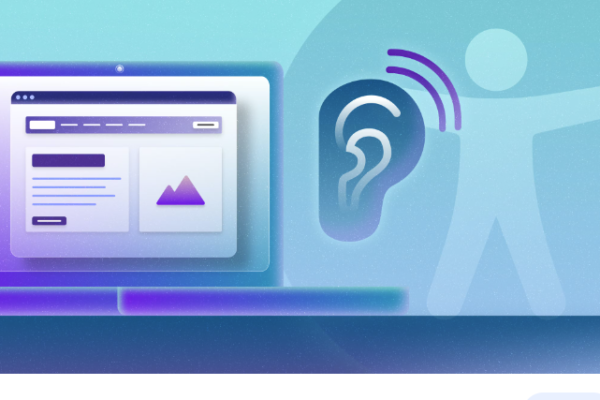Communication is a fundamental aspect of human interaction, enabling us to connect, share ideas, and build relationships. However, for individuals with hearing impairments, participating fully in conversations and accessing auditory information can be challenging. Fortunately, advancements in technology have given rise to a wide range of hearing assistive technologies, revolutionizing the way people with hearing loss engage with the world. In this blog post, we will delve into the world of hearing assistive technologies and explore how they are transforming communication and enhancing the lives of millions.
Understanding Hearing Assistive Technologies
Hearing assistive technologies encompass a broad spectrum of devices and systems designed to support individuals with hearing loss. These technologies aim to improve hearing accessibility, enhance speech understanding, and facilitate effective communication in various environments. From simple amplification devices to sophisticated digital systems, hearing assistive technologies can be customized to meet individual needs and preferences.
Hearing Aids: A Gateway to Sound
The most widely recognized hearing assistive technology is the hearing aid. These small electronic devices are designed to amplify sound and improve speech comprehension for individuals with hearing loss. Modern hearing aids employ cutting-edge digital signal processing technologies, offering personalized sound amplification, noise reduction, and feedback cancellation. They are available in various styles, including behind-the-ear (BTE), in-the-ear (ITE), and completely-in-the-canal (CIC), to suit different preferences and degrees of hearing loss.
Assistive Listening Devices: Expanding Listening Possibilities
Assistive listening devices (ALDs) are supplementary devices that work in conjunction with hearing aids or cochlear implants. ALDs help individuals overcome specific listening challenges in various situations. For example, FM systems use wireless technology to transmit sound directly from a microphone to a receiver worn by the user, reducing background noise and improving speech clarity. Loop systems, on the other hand, use electromagnetic fields to transmit sound to hearing aids or cochlear implants, making it easier to hear in places such as theaters, conference rooms, and places of worship.
Captioning and Real-Time Text Solutions
In an increasingly digital and visual world, captioning and real-time text solutions have become essential for individuals with hearing loss. Captions, whether provided on television broadcasts, streaming platforms, or live events, display text on the screen to convey spoken dialogue and sound effects. Real-time text solutions, such as Communication Access Real-Time Translation (CART) or live transcription apps, use speech-to-text technology to provide instant and accurate captions during conversations or presentations. These technologies ensure equal access to information and enable individuals with hearing loss to actively engage in various social and professional settings.
Telecommunication Accessibility
With the rise of telecommunication, ensuring accessibility for individuals with hearing loss has become paramount. Telecommunication Relay Services (TRS) enable individuals with hearing or speech impairments to communicate over the telephone by utilizing a relay operator or text-based solutions. Video relay services (VRS) facilitate real-time sign language interpretation, allowing users to communicate using American Sign Language (ASL) or other sign languages. Similarly, video remote interpreting (VRI) services provide remote access to sign language interpreters for face-to-face communication situations.
Embracing a Connected World
Hearing assistive technologies are increasingly embracing connectivity and integration with other digital devices. Bluetooth-enabled hearing aids and cochlear implants can seamlessly connect to smartphones, tablets, and other compatible devices, allowing users to stream audio directly to their hearing devices. This integration enables individuals to enjoy music, participate in phone calls, and engage with multimedia content with enhanced clarity and convenience.
Hearing assistive technologies have brought about a paradigm shift in the way individuals with hearing loss navigate the auditory world. These technologies not only improve speech comprehension and sound amplification but also foster greater social inclusion and communication access. By embracing the power of hearing assistive technologies, we can empower individuals with hearing impairments to fully participate in conversations, enjoy entertainment, and thrive in both personal and professional spheres.
Stay in touch!
Remember, assistive technologies are not just tools; they are enablers of dreams and agents of change. Stay tuned for more enlightening insights!
Join us in our next post, where we will continue this enlightening journey into the realm of assistive technologies. We will uncover more types, discuss real-life success stories, and examine the future prospects for these life-changing innovations.
For more information on why accessibility is important in general, you can check out my previous blog post here.
For further information on how to make your product accessible to your audience, contact our experienced design experts, check out our Accessibility IQ for your website, download our guide Digitally Accessible Experiences: Why It Matters and How to Create Them, read more from our UX for Accessible Design series.

